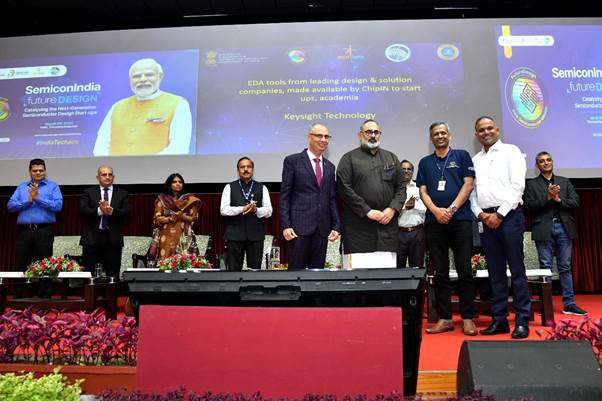India’s premier atomic research institution Bhabha Atomic Research Centre (BARC) is also engaged in R&D work on the technology of preservation and hygienisation of food and agri-products by radiation.
BARC has set up two technology demonstration units, one commissioned in the year 2000 for high dose irradiation at Vashi, Navi Mumbai, and another in 2002, for low dose irradiation, KRUSHAK (Krushi Utpadan Sanrakshan Kendra) facility at Lasalgaon, near Nashik. The facilities are being operated by the Board of Radiation & Isotope Technology (BRIT).
Recently the harmonization of food irradiation rules with the international regulation through adaptation of class wise clearance of irradiated food items by the Food Safety and Standards Authority of India (FSSAI) has taken place for large scale deployment of this technology.
Currently 15 irradiation plants are functional in the country which include two plants set up by Government of India (KRUSHAK at Lasalgaon, Nashik, Maharashtra; and Radiation Processing Plant at Vashi, Navi Mumbai), and one each by the State Governments of Maharashtra and Gujarat. Annually, about 20,000 MT of food and allied products are being irradiated in the country. For setting up more plants, MoU have been signed with private firms.
Irradiation is very effective in treating the horticultural produces. Extension of shelf life of horticultural produces is very much dependant on the produce, variety and storage conditions. For many fresh agri produce subjected to irradiation and proper storage, substantial shelf life extension has been achieved.
A 5-10% increase in cost is normally expected due to the processing charges. Irradiation costs may range from Rs. 0.5 to 1.0/ kg for a low dose application such as sprout inhibition in potato and onion and insect disinfestation in cereals and pulses; and Rs. 5-10/kg for high dose applications such as treatment of spices for microbial decontamination. The costs could be brought down in a multipurpose facility treating a variety of produces throughout the year. In many cases, extended shelf life offsets the extra cost. Processing also brings benefits to consumers in terms of availability, storage life, distribution, and improved hygiene of food. Irradiation can have a stabilizing effect on market price of commodities by reducing storage losses resulting in increased availability of produce. Currently its estimated cost comes in the range of Rs. 15-20 crores excluding land cost. The Department of Atomic Energy provides Scientific and Technical assistance for setting up such facilities.
The process of setting a facility takes about 2-3 years. This would include site selection, regulatory clearances, construction of the facility and obtaining necessary documentations and licenses. Bhabha Atomic Research Centre (BARC) and Board of Radiation & Isotope Technology (BRIT) can provide the scientific and technical assistance for setting up such facilities. This will depend upon the number of entrepreneurs coming forward to setup irradiation facilities across the country.
This information was provided by the Union Minister of State (Independent Charge) Development of North-Eastern Region (DoNER), MoS PMO, Personnel, Public Grievances & Pensions, Atomic Energy and Space, Dr Jitendra Singh in a written reply to a question in Rajya Sabha today.
 Indian Industry Plus A Pratisrutiplus Suppliment
Indian Industry Plus A Pratisrutiplus Suppliment


















